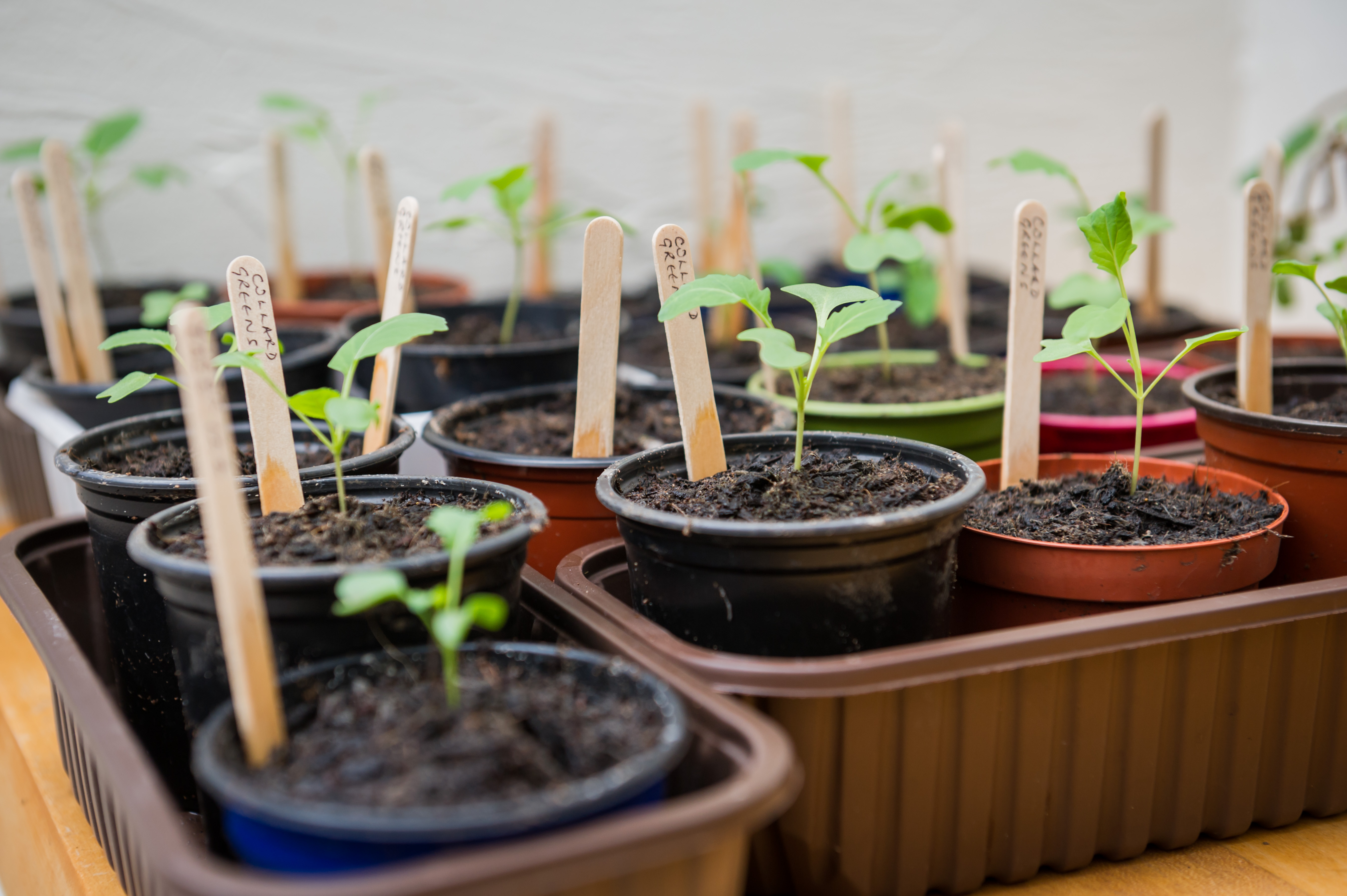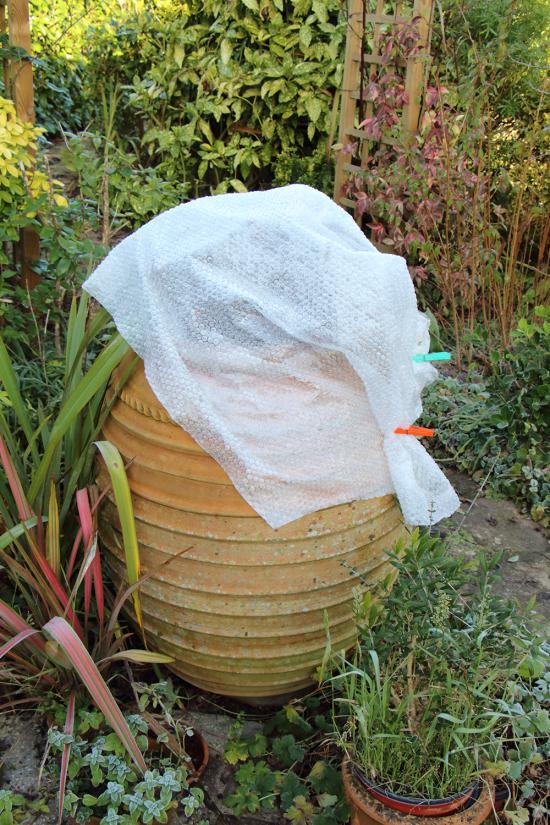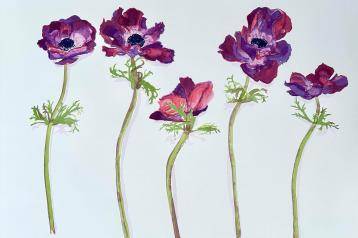
As daffodils and crocuses carpet patches of green space across the borough and the sun starts to emerge from its winter hibernation, there is a clear sight of spring.
Temperatures have been on the up and, despite some frosty starts, the clouds of pink and white cherry and apple blossoms are a certain indicator the seasons are turning.

Amid the warmer days and green buds of spring, the experts at Fulham Horticultural Society have shared their tips for the top gardening jobs to get stuck into this month.
Growing tomatoes from seed, tips on preparing seed beds and even dealing with pesky slugs and snails are among the insightful gardening hints from the FHS this month.
Founded in 1924 and celebrating its 97th year, the society is open to all and welcomes new members.
Visit the Fulham Horticultural Society website for more information.
FHS gardening tips for March
1. Getting the timing right on preparing seed beds can be tricky. The soil shouldn’t be so wet that it sticks to your boots, nor so dry that it takes a lot of effort to break it up.
If the soil is too moist you can lay planks to distribute your weight and prevent compaction. Break larger lumps of soil down by bashing them with a fork, then use a rake to smooth out smaller lumps and create a fine tilth, pushing and pulling the rake back and forth over the surface of the soil to a depth of about 2.5cm.
Tread the soil to firm it, and apply an organic fertiliser, such as one based on seaweed, about two weeks before sowing.
2. Weed and tidy the soil before mulching with organic matter – well-rotted farmyard manure, garden compost, cocoa shells, or chipped bark.
Soil in borders left bare will very quickly lose water in dry spells. Covering with a thick layer of organic matter will cut down the rate at which water evaporates from the soil. A mulch will also suppress weeds. Never put a mulch on top of dry soil: if the soil is dry, water it first.
3. Sow in rows in the open ground seeds of round seeded spinach, Swiss chard, early types of beetroot, carrots, parsnips, lettuce, spring onions, peas, broad beans and turnips. Try sowing the seed of the white form of kohlrabi towards the end of the month.
4. Plant out onion sets, shallots and garlic before they start to produce shoots. When buying, reject any that are shooting as they will only bolt during the summer.
5. If you have the protection of a greenhouse sow the seed of celery, celeriac, French beans – which are hardy enough to be planted out before the runners – and cauliflowers to transplant on the open soil next month.

6. Clear the old leaves off strawberry plants and clean up the ground in between the plants before giving them a top dressing of a general fertiliser.
Keep some fleece handy to protect the developing strawberry flowers from frost. Any frost damaged flowers are easily identified as they display a tell-tale “black eye” at the centre of the dead flower.
7. Cover rhubarb with large pots or buckets to exclude light and force an earlier crop.
8. When spring cabbages are ready to harvest, cut them off the stem using a sharp knife and make a cross in the top of the cut stem. Sometimes, if you are lucky, mini-cabbages, or ‘spring greens’ will grow from the cut stems.
9. Growing tomatoes from seed is easy. In a greenhouse, sow seed now and to crop outdoors, sow late March.
Fill 9cm pots or a small tray with moist seed compost. Space seeds 1.5cm apart and lightly cover with vermiculite or sieved compost. Place in a propagator or cover with a clear plastic bag.
Seedlings should emerge in about five days at 21C. Move the seedlings to a well-lit place such as a heated greenhouse or windowsill at 18C.
After two weeks prick out tray-sown plants into 9cm pots. Once 15cm tall, keep above 12C, ideally at 16C.
Wait until the first flowers show colour before planting out, into grow bags, larger containers or beds. Harden off plants well, and do not plant out until after the risk of cold nights has passed.
10. A different way to deal with snails and slugs is to use copper piping bought cheaply from a plumbers’ merchant to enclose a cabbage patch and apparently not a single slug and snail will cross the boundary throughout the entire growing season.
Check there are none inside the enclosure before you start, and that there are no overhanging leaves that make a handy bridge for these surprisingly athletic creatures.
Want to read more news stories like this? Subscribe to our weekly e-news bulletin.




